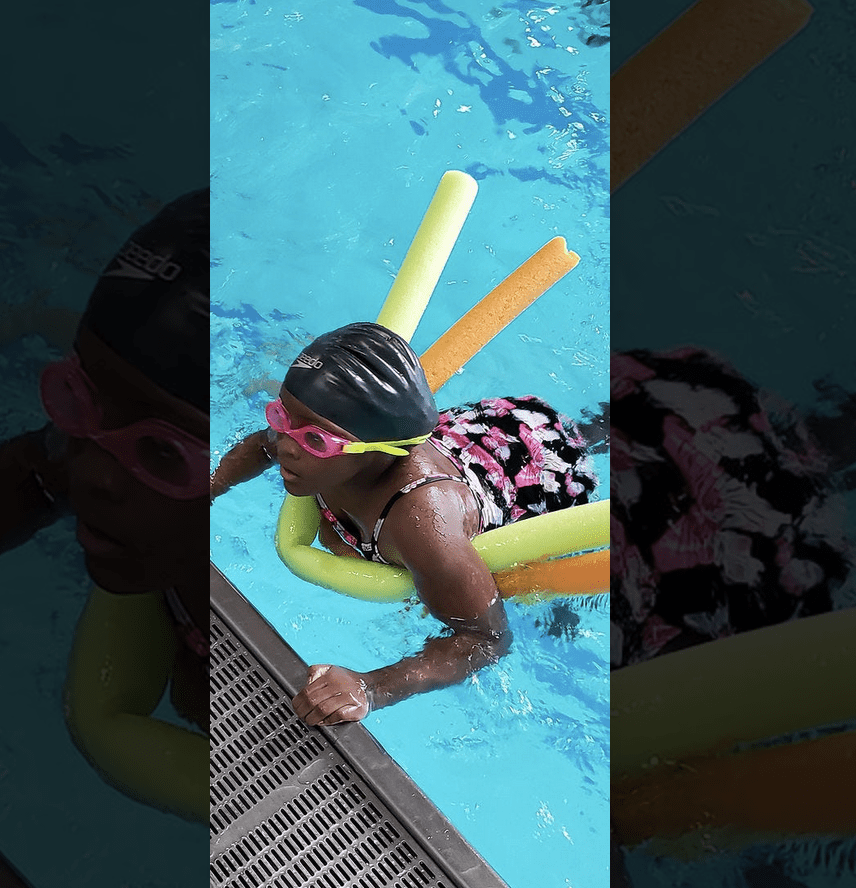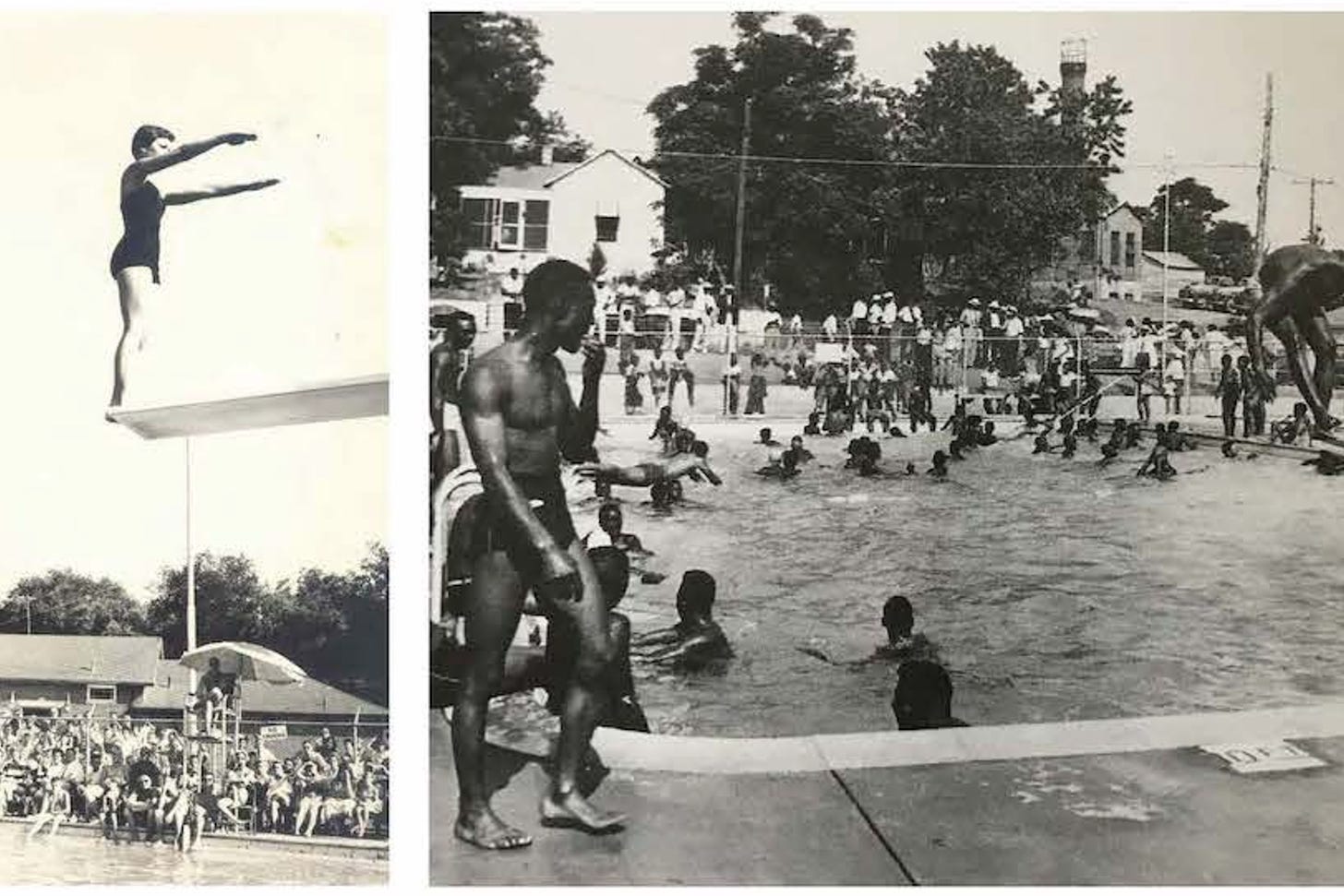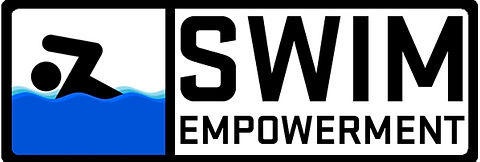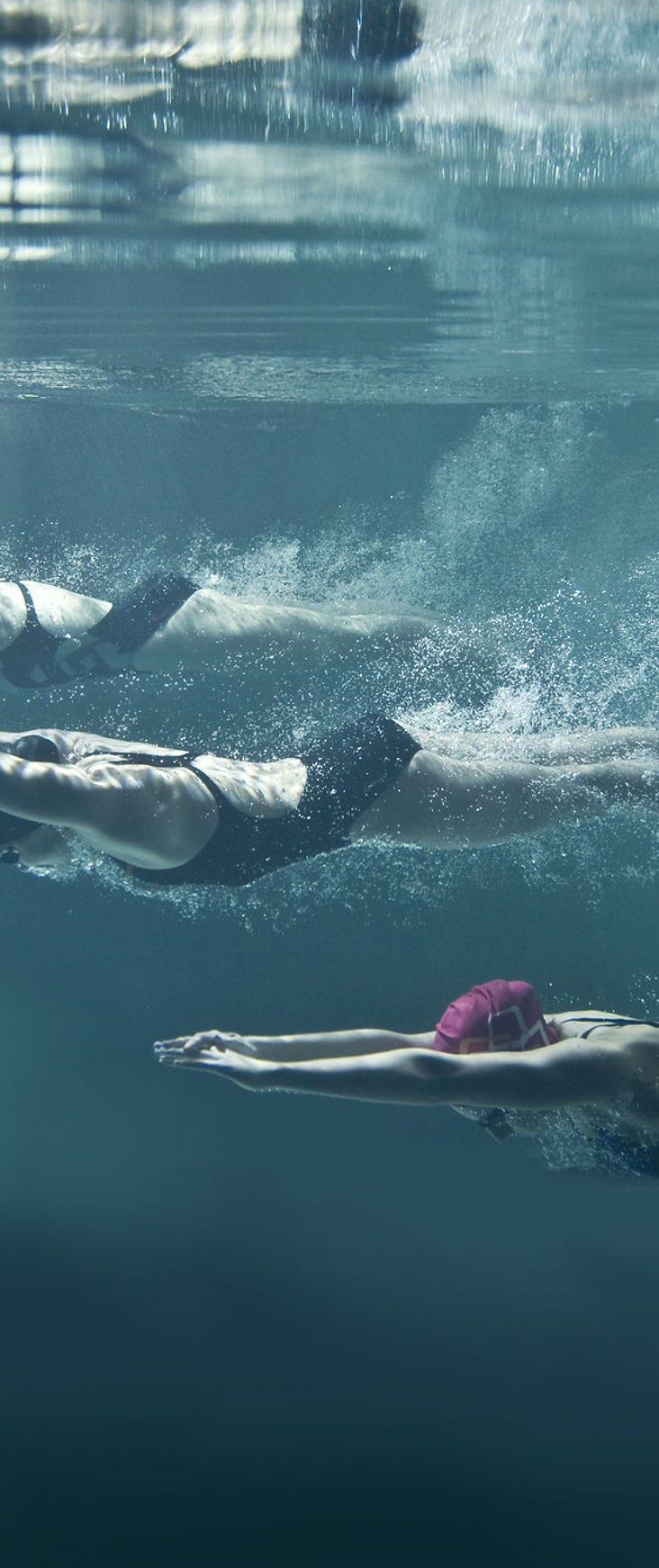Search Posts
Recent Posts
- Rhode Island Weather for April 29, 2024 – John Donnelly April 29, 2024
- Advocates, providers on new Nursing Home mandates – Herb Weiss April 29, 2024
- Business Beat: Abe Cohen new VP of Business Development for RI, Marquis Health Consulting April 29, 2024
- Business Monday: Working and playing into your 90s – Mary T. O’Sullivan April 29, 2024
- Rhode Island Weather for April 28, 2024 – John Donnelly April 28, 2024
Categories
Subscribe!
Thanks for subscribing! Please check your email for further instructions.

Racial disparities in swimming – and drowning. Stages of Freedom’s Swim Empowerment – David Salzillo
by David Salzillo
David Salzillo is a student at Providence College. He wrote this piece for Martin Luther King, Jr. Day and submitted it to RINewsToday for publication. Follow Salzillo at his blog on Substack, Salzillo’s Two Cents (Salzillo’s Two Cents).
“Today I am [writing] of Mr. Ray Rickman, a former Rhode Island state representative and a man I have always had a great deal of respect for. Yet I am also speaking of the many people, including Mr. Alexander Gim-Fain, who have been critical partners in Stages of Freedom’s work, and particularly its award-winning Swim Empowerment Program.
But first, what is this Swim Empowerment program, and why should you care? To answer the last question, we have to go back about 400 years.
You see, back then, “Africans and African Americans had a strong and thriving culture of swimming as” both a skill and “a recreational activity.” Indeed, “Africans and early African Americans [were] among some of the finest swimmers in the world” (Rickman et al.).
As one historian put it, “[l]ong before a single coastal or interior West African… was carried off to toil…under the skies of the New World, many had become adept swimmers and underwater divers” (Kevin Dawson, Enslaved Swimmers and Divers in the Atlantic World Journal of American History March 2008, p. 1327, quoted in Rickman et al.). West African children “often grew up along riverbanks, near lakes, or close to the ocean,” incorporating the swimming skills they learned into both duty and play (Rickman et al.).
Europeans at the time attributed Africans’ swimming abilities to “constant exercise and ‘from being brought up, both men and women from infancy, to swim like fishes’” (Dawson p. 1335, quoted in Rickman et al.; emphasis added). You read that right, men and women. Contrast this with then-contemporary “Western swimming practices,” which “typically did not include women” at all (Rickman et al.)
Even as “Africans were taken into the New World, many of them brought… their [swimming and] diving skills with them.” “Enslaved African swimmers” hence became a crucial part of the “early colonization of the Americas.”
If anything, it was usually whites that had to worry about drowning on sinking slave ships, unless Africans along the Middle Passage “graciously” chose to save them (Rickman et al.). “In 18th Century America” as a whole, estimates indicate that “as many as 80% of Blacks knew how to swim while only 20% of Whites could” (Rickman et al.).
Long story short, if you had said Black people couldn’t swim during the early years of America, they would have laughed you straight off the continent.
So, what happened? To start, as slaveowners gradually realized that swimming skills offered greater opportunities for slaves to escape, “many slave owners prohibited slaves from” doing it. Many took cruel and “drastic steps” towards this end, like “[instilling] a fear of the water by dunking disobedient slaves in water until they nearly drowned” (Rickman et al.). Or “by creating fear through stories of [terrible sea] creatures” (Rickman et al.).
[Similar to] when slave owners prevented slaves from reading, these efforts created the foundation for a concerning disparity. After the end of the Civil War, Jim Crow and de facto Northern segregation excluded Black people from higher-quality swimming facilities—not to mention public beaches (Rickman et al.).
That’s why desegregating swimming pools became a key focus of early civil rights activists. Unfortunately, great resistance to desegregation ensured that “virtually every attempt to integrate swimming pools and beaches resulted in violence” (Rickman et al.).
Desegregation did not lead to “meaningful interracial swimming.” Once “Black Americans gained equal access to Northern municipal pools,” for example,” many White swimmers “abandoned [municipal pools] for [private] pools.” Desegregation, in short, “was a primary cause of” the growing popularity “of private swimming pools” among “mostly White middle-class Americans” “after the mid-1950s.”
[With less usage], as you can probably guess, city governments then cut the funding for municipal pools, and the rest, so to speak, is history.
Which brings us to the present moment. The swimming disparity is a clear national health crisis. Black youth drown five times more often than their white counterparts. Reports further suggest that [on a national basis], 64% of Black/African-American children cannot swim and that Black youth are at the highest risk of drowning (“Media Advisory,” January 10, 2024, Rickman et al.).
That is alarming on its own, but especially since “[f]atal drowning is the second-leading cause of unintentional injury-related death for children 5 to 14 years of age,” per the CDC. And drowning is the most common cause of death among 1-4 year-olds period (“Media Advisory”).
To be clear, the path to fixing the swim disparity will have to navigate “the legacy left to us from the past.” While “legally-enforced segregation” has been overturned, the effects of legally-enforced segregation still exist. Most obviously, that shows in continuing “lack of access to swimming facilities and instruction” (Rickman et al.).
But other factors—no less tied to the broader legacy—play a role in this too. Like “stereotype threat,” which basically means that many Black people fear that “his or her performance” will only prove stereotypical beliefs true (Rickman et al.).
(That, by the way, becomes a self-fulfilling prophecy. Performance declines whenever stereotype threat is present).
Then there is the widespread fear of swimming among many members in the Black community. That often causes Black mothers and Black fathers to give subtle cues—like an instinctive grimace just at the mention of the word “swimming”—that discourage their kids from taking lessons (Rickman et al.)
Last, but definitely not least, there are the problems of “personal identity and bodily insecurities” (Rickman et al.).
Take hairstyles. Due to the constant presence of “Western [and European] standards of beauty,” many African American women “attempt to assimilate to standards that force radical changes in style and physical appearance.” Thus, since “many African American women spend much attention and care on maintaining hair in a form that is difficult to achieve naturally,” they may be inclined to “avoid water completely due to worries about” messing up their hair (Rickman et al.).
And all that is where Stages of Freedom’s Swim Empowerment Program comes in. Yes, on the one hand, its mission is to break “the implied color bar” with the help of dedicated staff trained in the latest “high caliber lesson plans.” Yet more importantly, Stages of Freedom approaches the entire issue with an unmatched cultural sensitivity, addressing the systemic and psychological obstacles thoroughly and head-on.
They also take the initiative on related policy issues, including ones you might not think of, like getting clearer signage near bodies of water where deadly accidents have occurred or are more likely to occur.
Most recently, its work has gained the approval of U.S. Senator Jack Reed, who has secured a $200,000 federal earmark for the program. With that money, Mr. Rickman plans to expand further within Rhode Island and creating a model for a larger, nationally-minded effort.
Granted, Rickman’s strategy is something of a gambit. Usually, if you’re in business, you don’t take the risk of expanding operations if you aren’t 100% sure you’ll get the same amount of funds from year to year. That, however, is a risk Mr. Rickman and the many other members behind Stages of Freedom are willing to take.
Why? Because, ultimately, the cause is an intensely personal one for him and his staff. For them, the stories of young drowning victims—and their grieving parents—lend a certain urgency to tackling the problem without holding back.
Still, they need you to continue to make that happen. Whether that means volunteering for as little as a half-hour a week to help out the program, or whether that means donating and encouraging others to donate, your little splash can be a part of a great big wave.
This is about so much more than swimming. This is about creating that beloved community, where people can live and thrive and reach their highest potential.
If you want to learn more about how you can assist Stages of Freedom and its Swim Empowerment Program, contact [email protected].
___
NOTE: This article is on the new swimming program announced last week in Rhode Island with Stages of Freedom:




